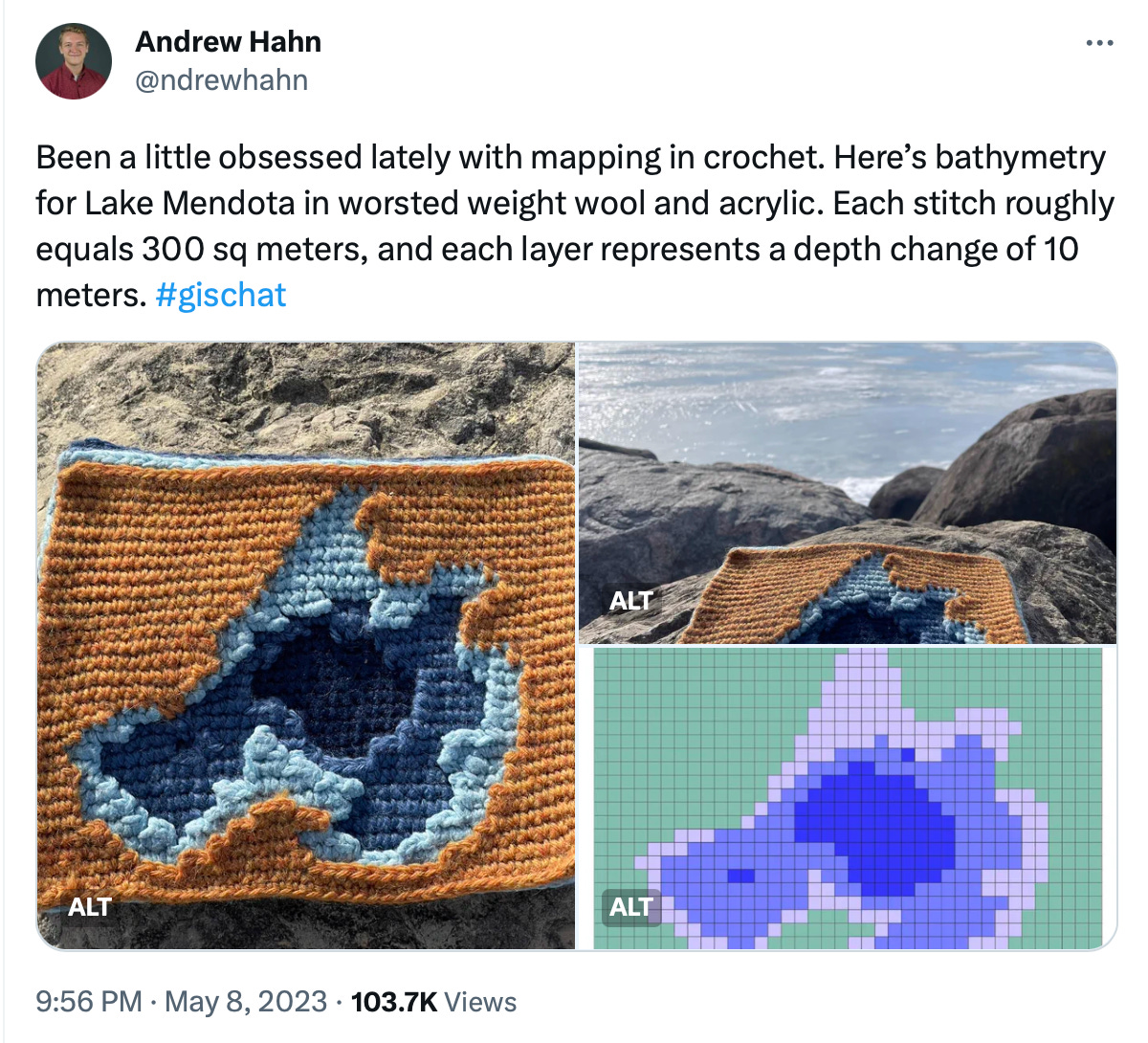Embracing Tangible Media?
From Attention to Intention
What defines great content? In the past, well-crafted writing with a distinctive signature might have sufficed. But today, that alone doesn’t cut it. Some might argue that if content goes viral, it must be good. However, virality can merely cater to fleeting trends and superficial engagement. A glance at the ever-changing TikTok trends quickly reveals the transient nature of such success.
The rise of a new wave of Content Shock, driven by tools like ChatGPT and similar platforms, has redefined excellence in content creation. Today's media strategies emphasize humanity through user-generated content, audio-enhanced articles, and personalized newsletters, often featuring dedicated hosts and anchors. At times, the human touch is as unassuming as an annotated PDF or a Google doc, as demonstrated by the two instances provided below, both from The New York Times.
Paradoxically, the deployment of technology can also serve as a reflection of our humanity. Techniques such as interactive infographics, augmented reality journalism, and 3D content storytelling go beyond mere technological progress; they emphasize human effort, setting it apart from the facile and inexpensive mass-produced content that is becoming increasingly prevalent in our media landscape.
However, in a world where AI's progression is astonishing, often mimicking human behavior with uncanny accuracy (as seen in the advancement of deepfakes), the future of media might well lean towards something more tactile, something more... palpable. A few examples to illustrate my thinking include a recent article from NiemanLab, where journalists are turning to crochet to create tactile works of data visualization.
They're employing yarn and crochet hooks to craft representations like temperature blankets or visualizations of train delays and mental health patterns, exploring texture and material in ways that digital screens cannot reproduce. It’s hyperphysical at its best.
This trend resonates, underscoring a broader shift in media towards tangible experiences. Highsnobiety, for instance, has been launching popup stores that curate modern culture. Monocle also joined in, unveiling a pop-up store at Zurich Airport in 2022. On a more intimate scale, the Berlin Cee Cee café underwent a six-month transformation by a local newsletter, turning it into a real-life hub for their best-of Berlin recommendations. Similarly, Netflix ventured into this territory with a popup restaurant, featuring dishes inspired by their series. In the realm of book publishing, there are also clear indications of this transformative shift. Termed as "merch-ification," by media Esquire, BookTok and Bookstagram have propelled this evolution, reshaping how books are showcased. Publishers are now meticulously crafting intricate promotional strategies, intertwining their titles with branded swag, thematic bundles, and thoughtfully designed PR boxes. This trend extends to the art world too, like the Rembrandt Museum's pop-up studio, offering visitors tattoos inspired by the master's iconic works.
Amidst this dynamic shift, the future of media could drastically alter its course. Could the New York Times transition from product recommendations to curating physical retail experiences? From conventional restaurant reviews to collaborating on exclusive drops with renowned chefs? Or, bolder yet, shift from suggesting dining venues to establishing itself as a the best culinary destination in NYC? This movement toward tangibility could make us embrace "storyliving" over mere storytelling – immersing ourselves in media's narrative and actively shaping our experiences.
MD






life is experiential.